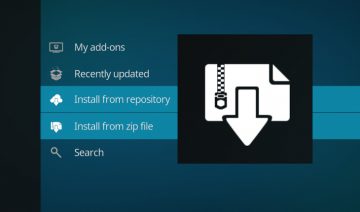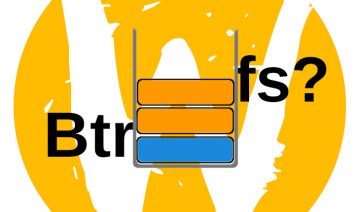In a world where Mozilla Firefox and Google Chrome exists alongside platform dependent browsers such as Microsoft Edge (formerly Internet Explorer) and Apple’s Safari, you may wonder ‘What do I need Vivaldi for?’
To that, Vivaldi team has a straightforward answer:
“While other browsers strip down their offerings, Vivaldi adds features and powerful personalization options to help the web’s most demanding users increase their productivity and efficiency.”
Hence, we may conclude that Vivaldi’s target audience are corner cases people that the default offerings of the common browsers isn’t quite satisfactory for them.
However on a closer look we find that it isn’t necessarily so. Vivaldi team have chosen a wise strategy to differentiate their browser from others yet at the same time keeping the fundamentals intact.
By using Chromium (Chrome’s open sourced version) at its base, Vivaldi thereby making sure that the web will render rapidly and properly for its users while removing a huge chunk of work from its developers hands.
So now that the basics are covered all Vivaldi has left to do is add some spice into the mix, and that’s exactly what they did.
One of today’s browsers most prominent feature is the extensions / addons we all can add – who among us doesn’t use at least one if not more?
Vivaldi has integrated a number of features which you may get similar functionalities by adding them as extensions to other browsers, however, in utilizing these by default Vivaldi is exploiting the full potential each can bring.
The downside of that approach is that adding more features to load by default results in overall slower loading time.
Nevertheless, the above sentence is probably an oversimplification and we should also take into account:
- Vivaldi’s integrated features are unique and even if similar functionalities exists in other browser’s addons, they aren’t quite same in appearance and behavior.
- In case you’re going to use these features anyways – it might be worth your while.
Speaking of Vivladi’s features here’s a brief overview of them:
Vivaldi 1.0 Features Highlight
Tab Stacks – drop tabs on top of each other to create a stack.
Tab Stack Tiling – tile tab stack and see multiple pages at the same time.
Sessions – save set of tabs as a session for later retrieval.
Notes – mark a quote and save it as a note. Vivaldi can remember which site you were browsing at the time, and allow you to take screenshots as well.
Quick commands – access open tabs, bookmarks, history, settings and more through a command interface.
Mouse gestures and keyboard shortcuts.
Speed Dial – your favorite sites and bookmarks easily accessible from any blank tab. Include Groups and Folders for more Speed Dials.
Multi accessible bookmarks – access your bookmarks from the bookmarks panel, bookmarks manager, bookmark bar or Speed Dial.
Web Panels – view websites in Vivaldi sidebar.
Download & Install
A wink to the past, Vivaldi’s download page designed in a Retro style will remind you that although we’re talking a relatively new browser it has roots in the Opera pre-blink engine era.










